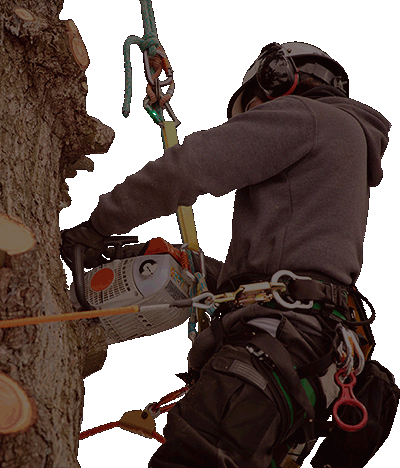
A good trim refreshes trees. Once they get a healthy cut, they can spring into a new growing season with gusto.
Though there is one infamous pruning shortcut that holds Spartanburg trees back from a healthy start—tree topping.
If you’ve topped your Spartanburg tree once, you can likely fix it.
A Step-by-Step Guide to Fixing a Topped Tree
For the best chance of your Spartanburg tree surviving, consult with your local arborist about corrective pruning.
Will a topped Spartanburg tree grow back on its own?
Oh, yes–and quickly! Trees lose essential energy when topped. Due to this damaging energy loss, Spartanburg trees need to react and regain what they lost. The top of your Spartanburg tree may soon be covered in thin, vertical sprouts that look like twigs, called water sprouts. Water sprouts grow in quickly, right below the pruning cut, as Spartanburg trees attempt to recover. Soon, your Spartanburg tree will be just as tall as it was before. But now, it will be unstable and have an unflattering silhouette.
Luckily, you can repair and reshape a topped Spartanburg tree with these 5 steps.
Before pulling out the pruning tools, you’ll need a little patience. A topped Spartanburg tree grows multiple sprouts as it tries to restore energy. Avoid tampering with these until they’re established. You want to wait until the new sprouts grow to the original height of the Spartanburg tree before pruning.
Scope out the canopy for dominate branches, called leaders. Leaders should be the tallest branch and free of damage such as cracks or decay.
Cut weak sprouts down to the trunk. Leave shorter, stronger sprouts that look like they could catch up with the new leader. The stronger sprouts will branch out as new limbs on the leader. With that in mind, be sure the leader is central and stable, so it can successfully grow into a replacement branch.
Repeat this process a few times over the next 4 to 6 years. Be sure to periodically trim the sprouts you left behind to help train them.
And presto! With time and care, your Spartanburg tree should branch back into its natural form.






